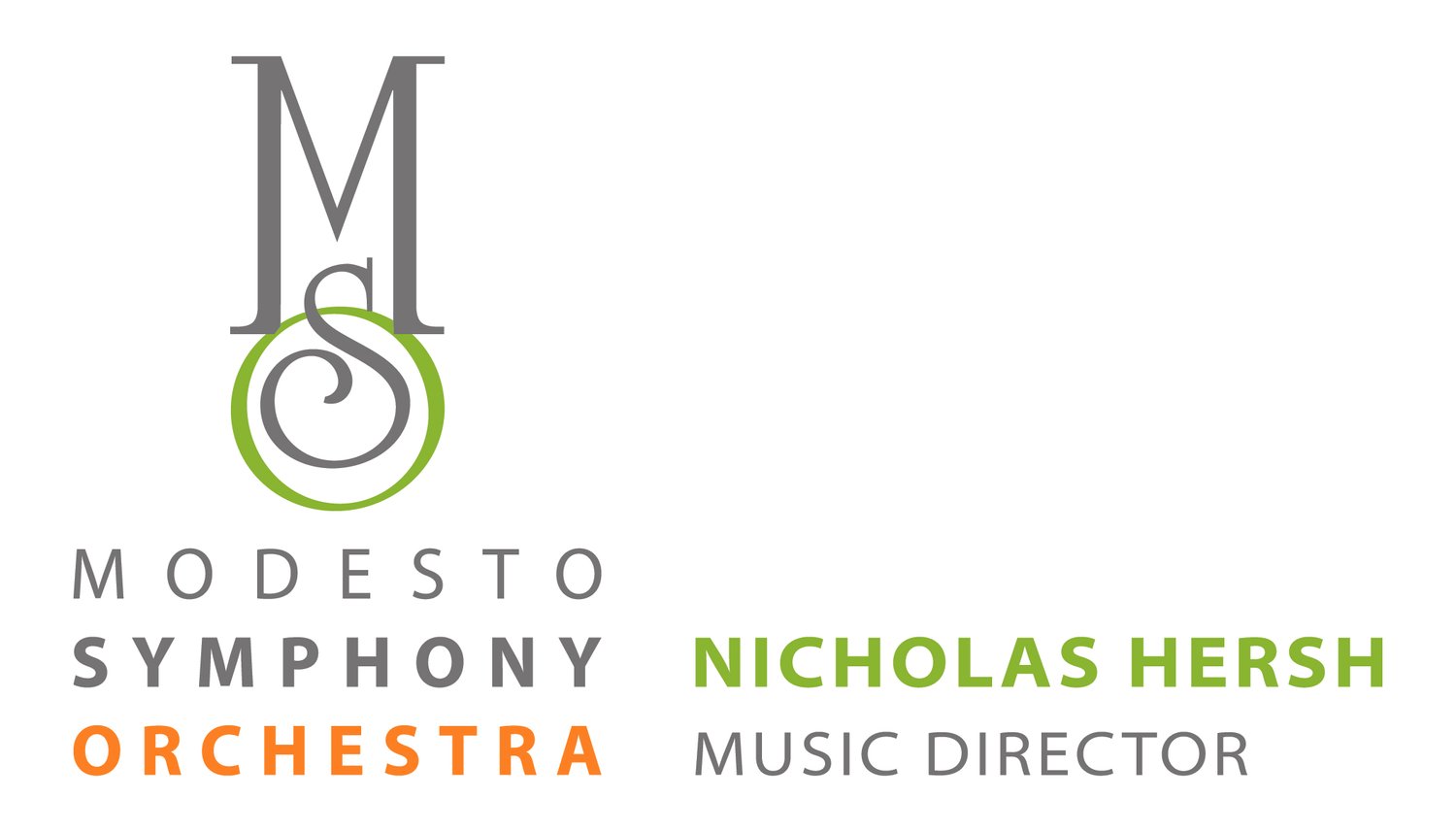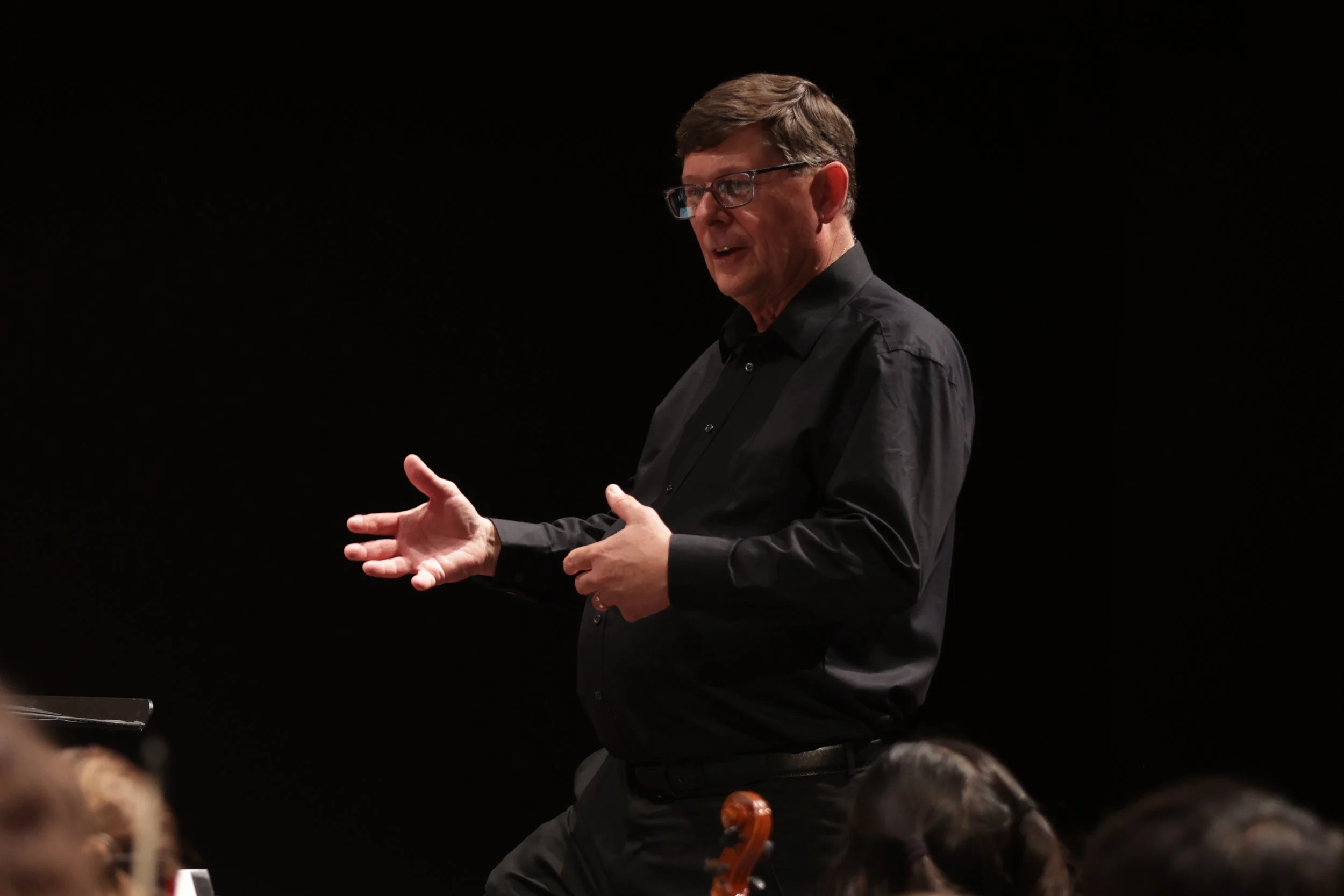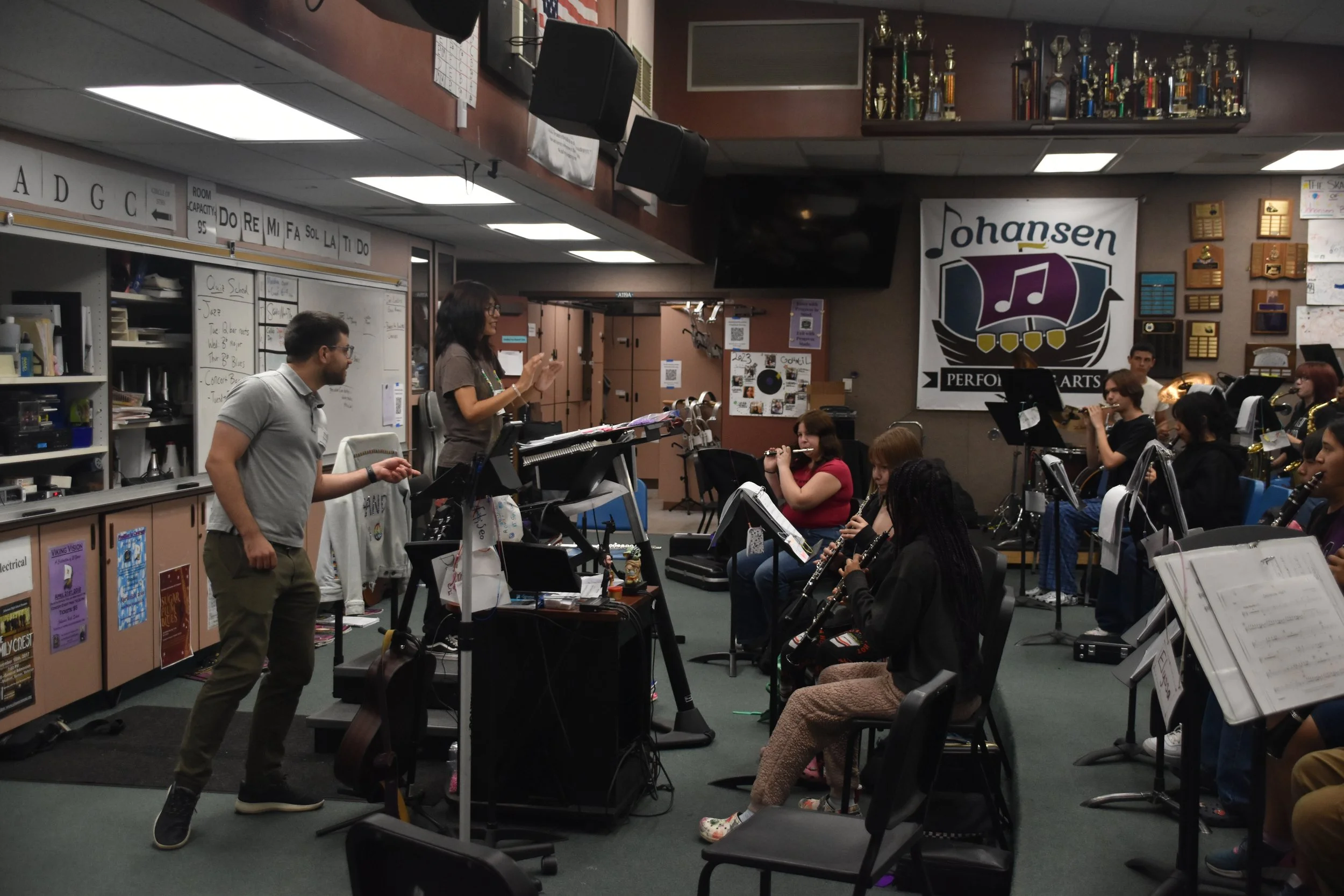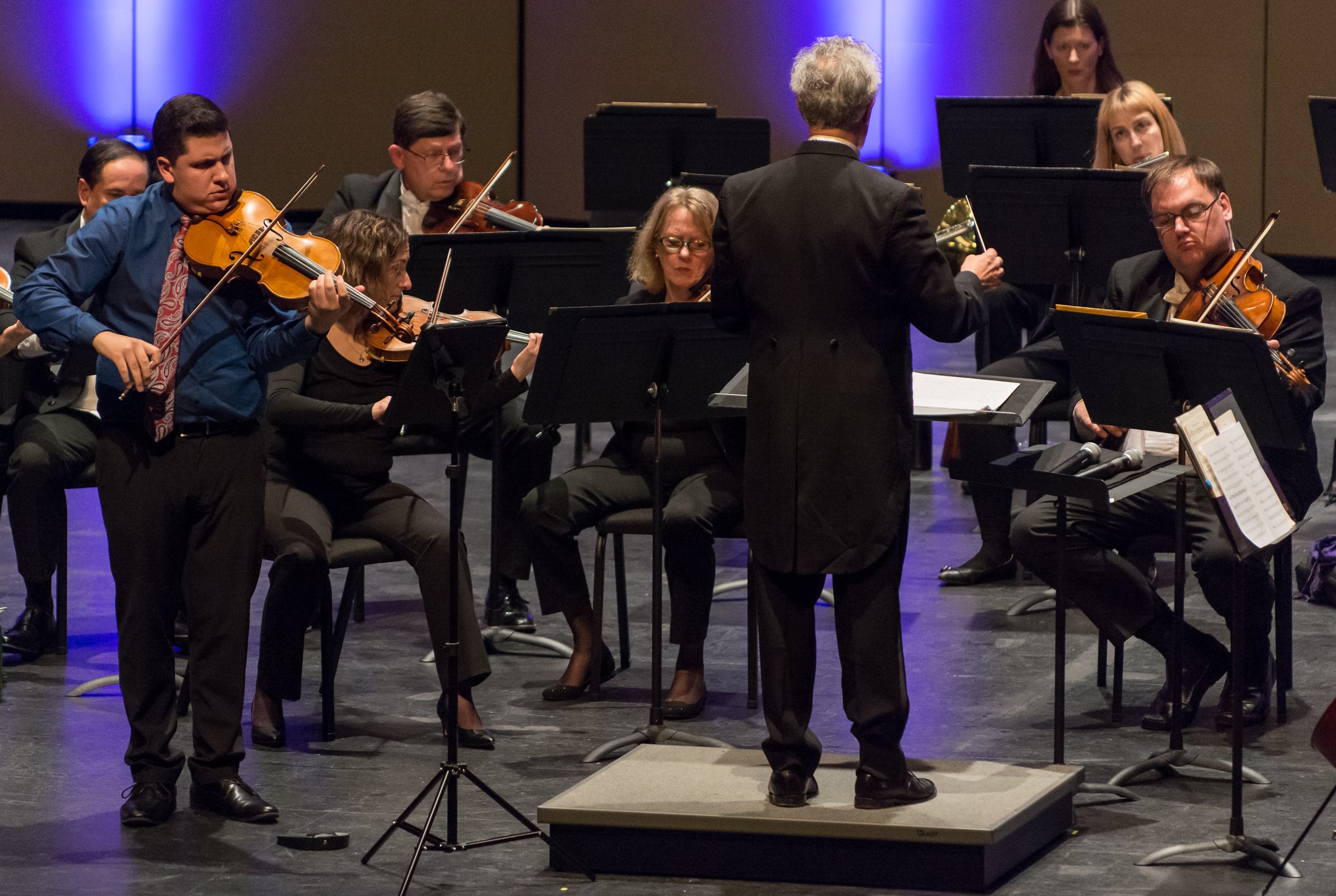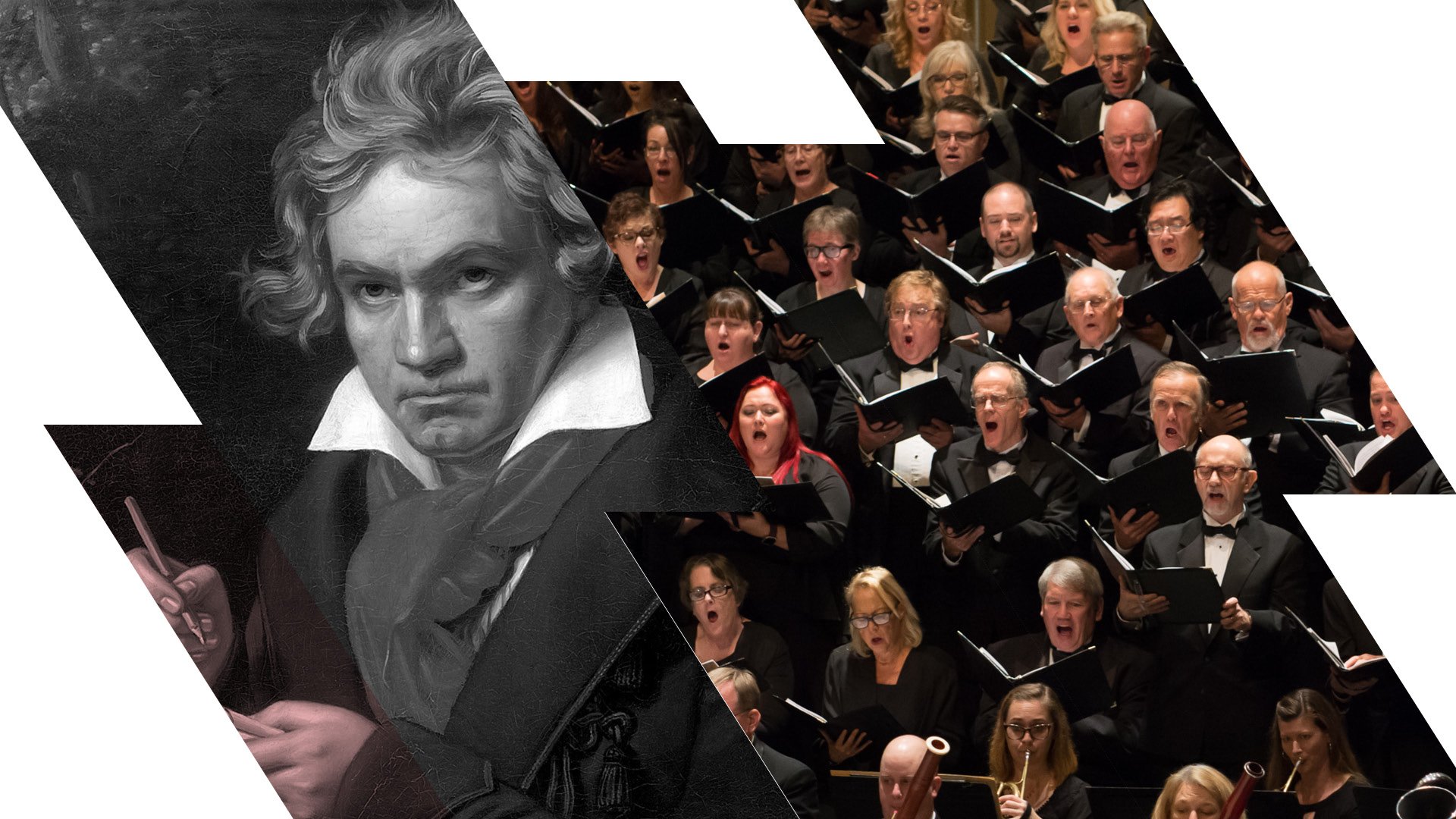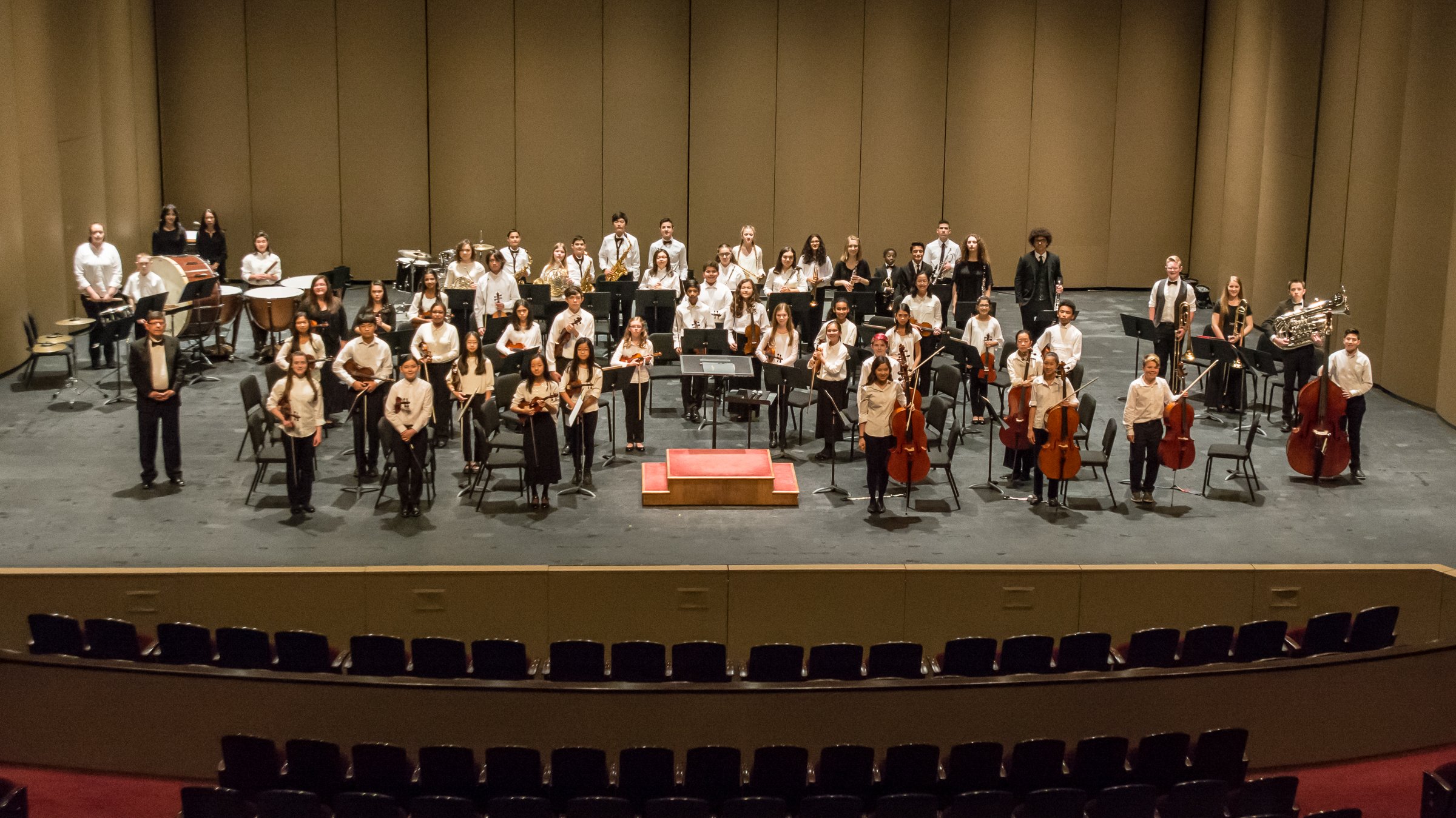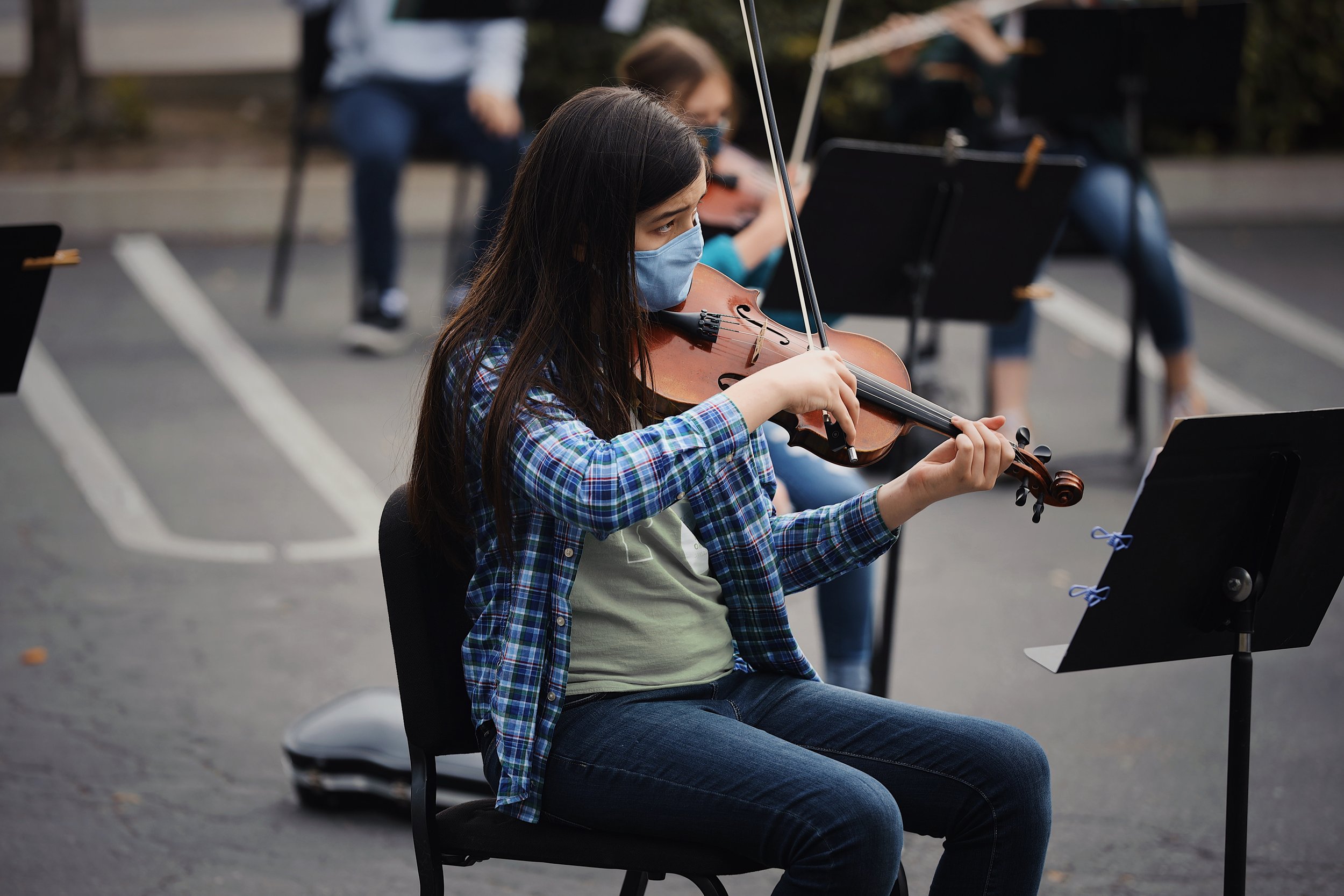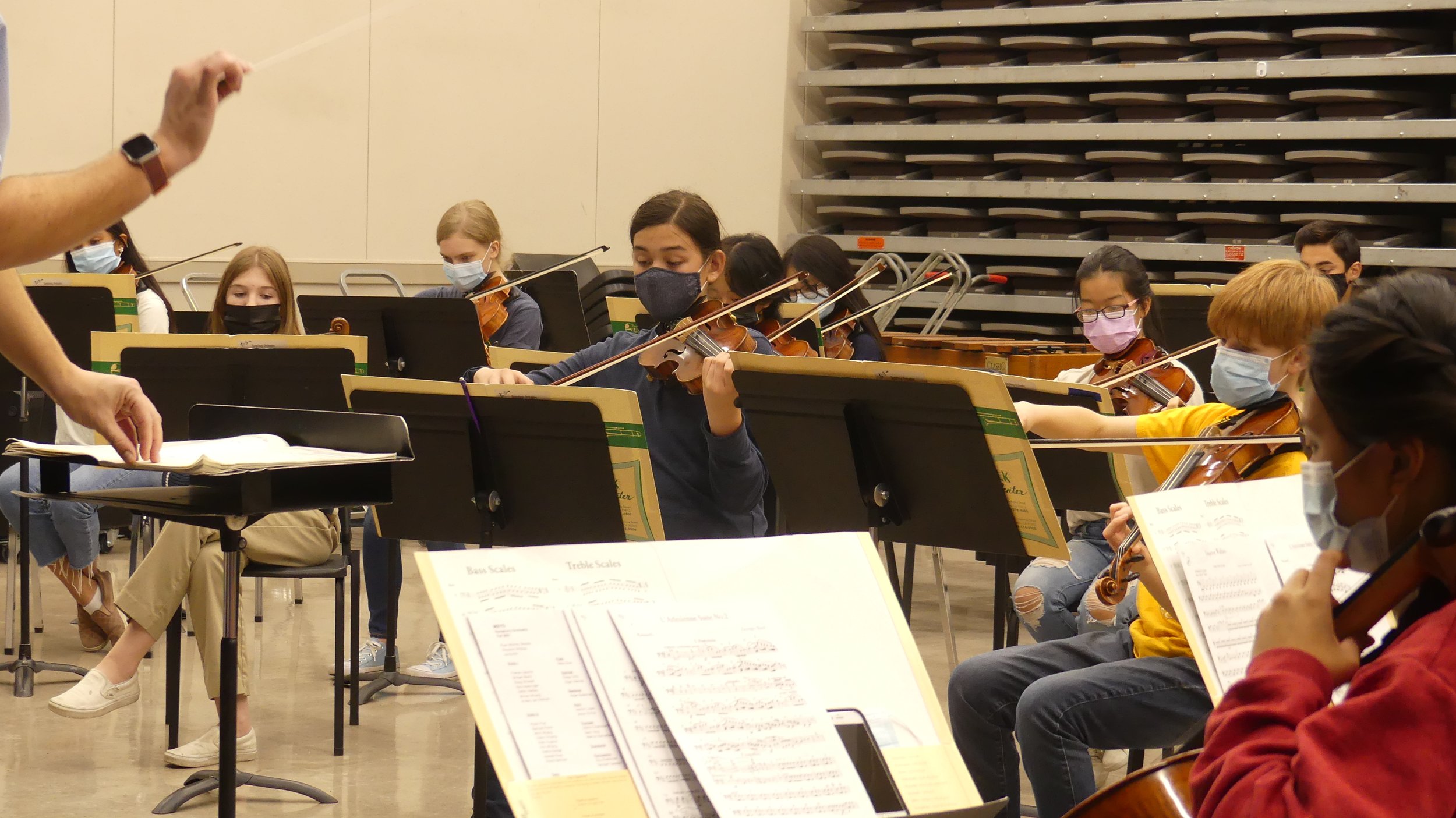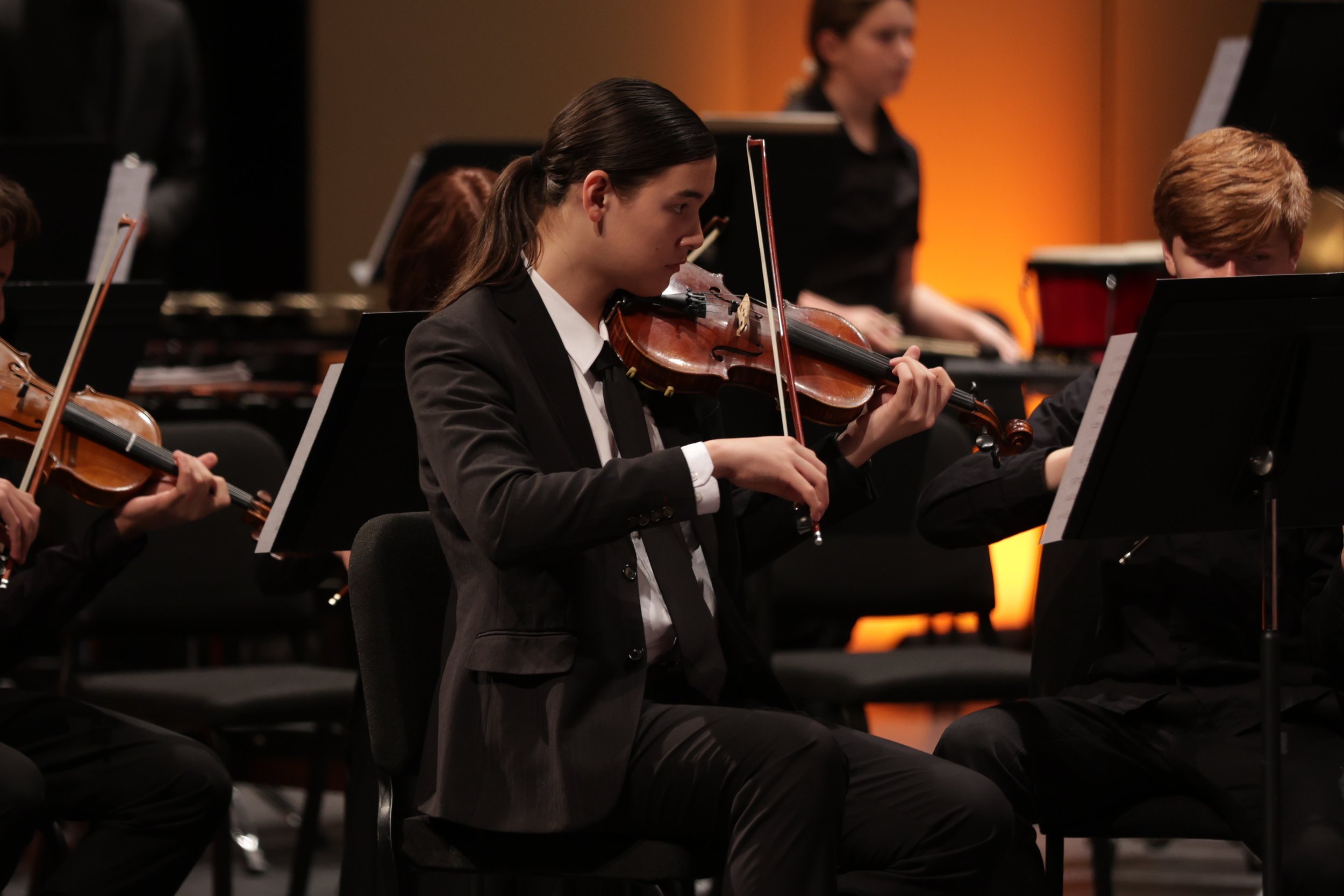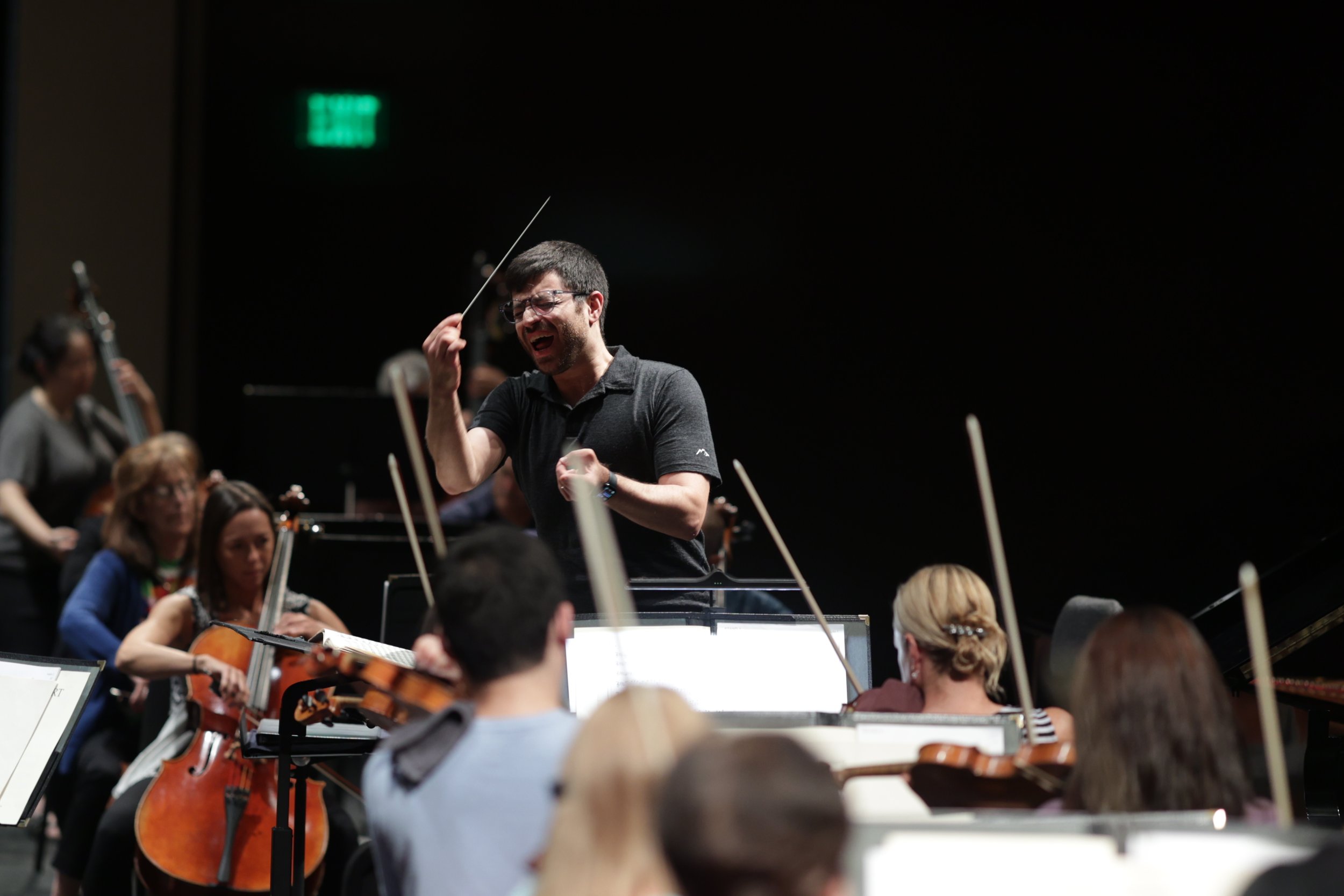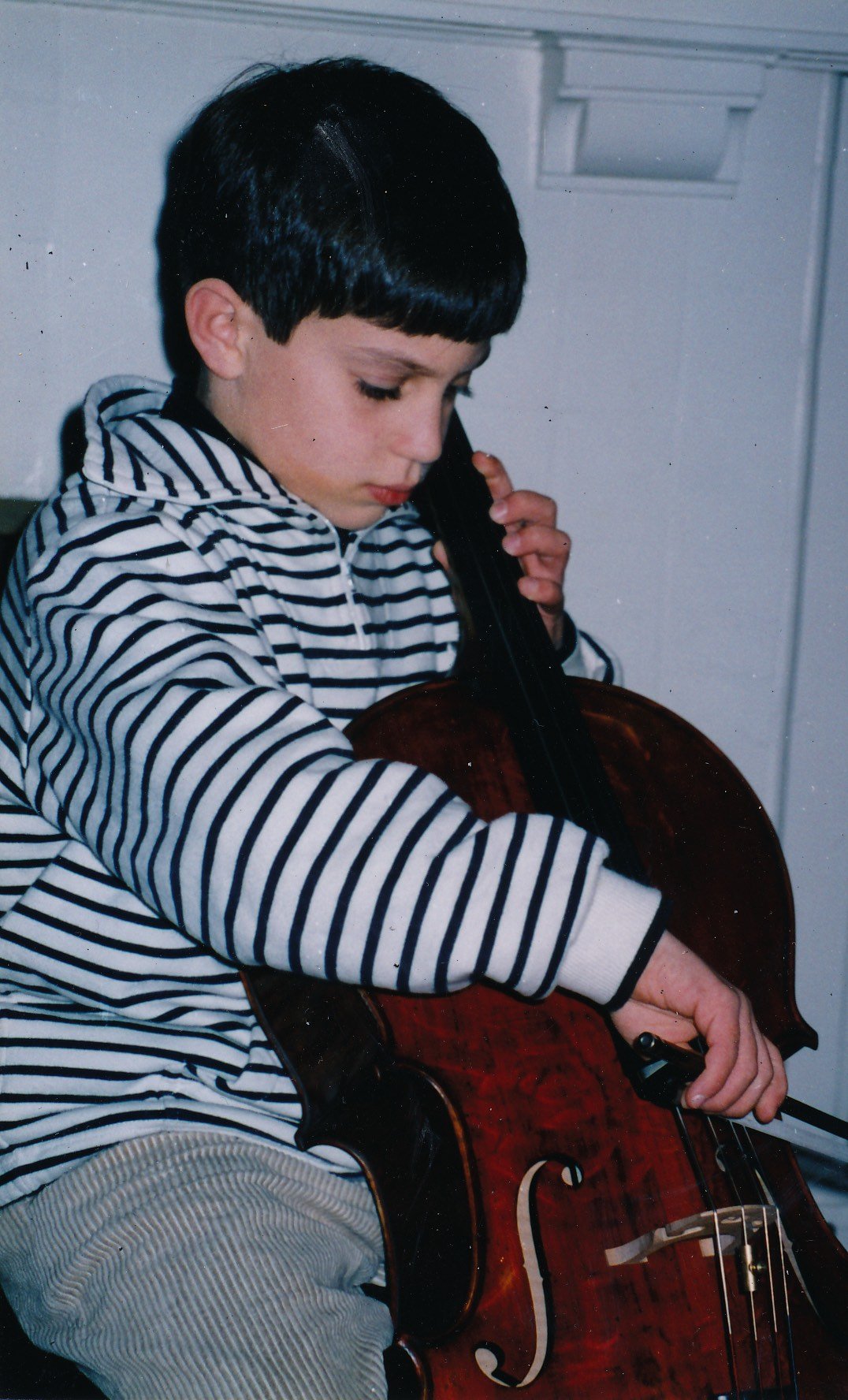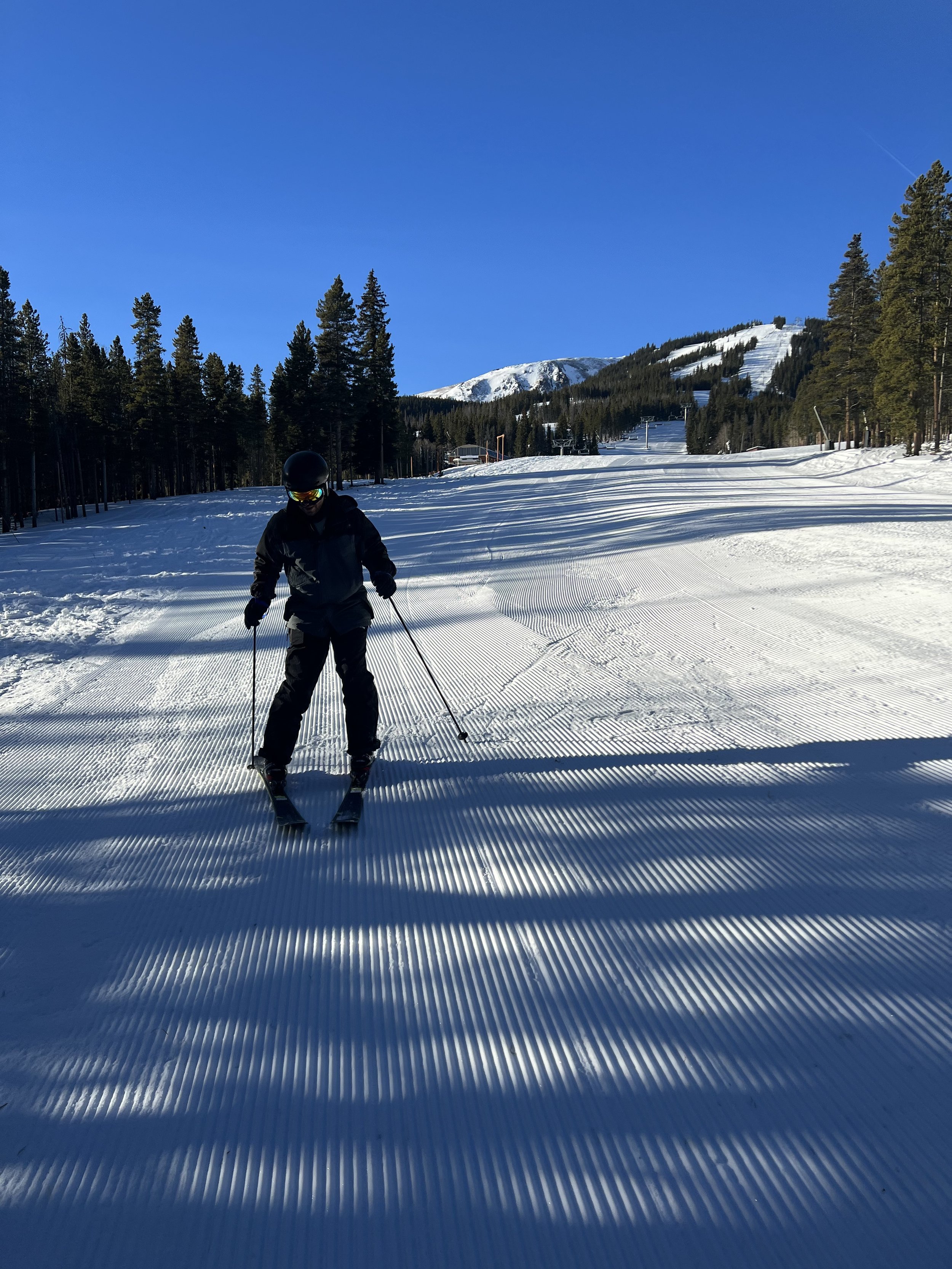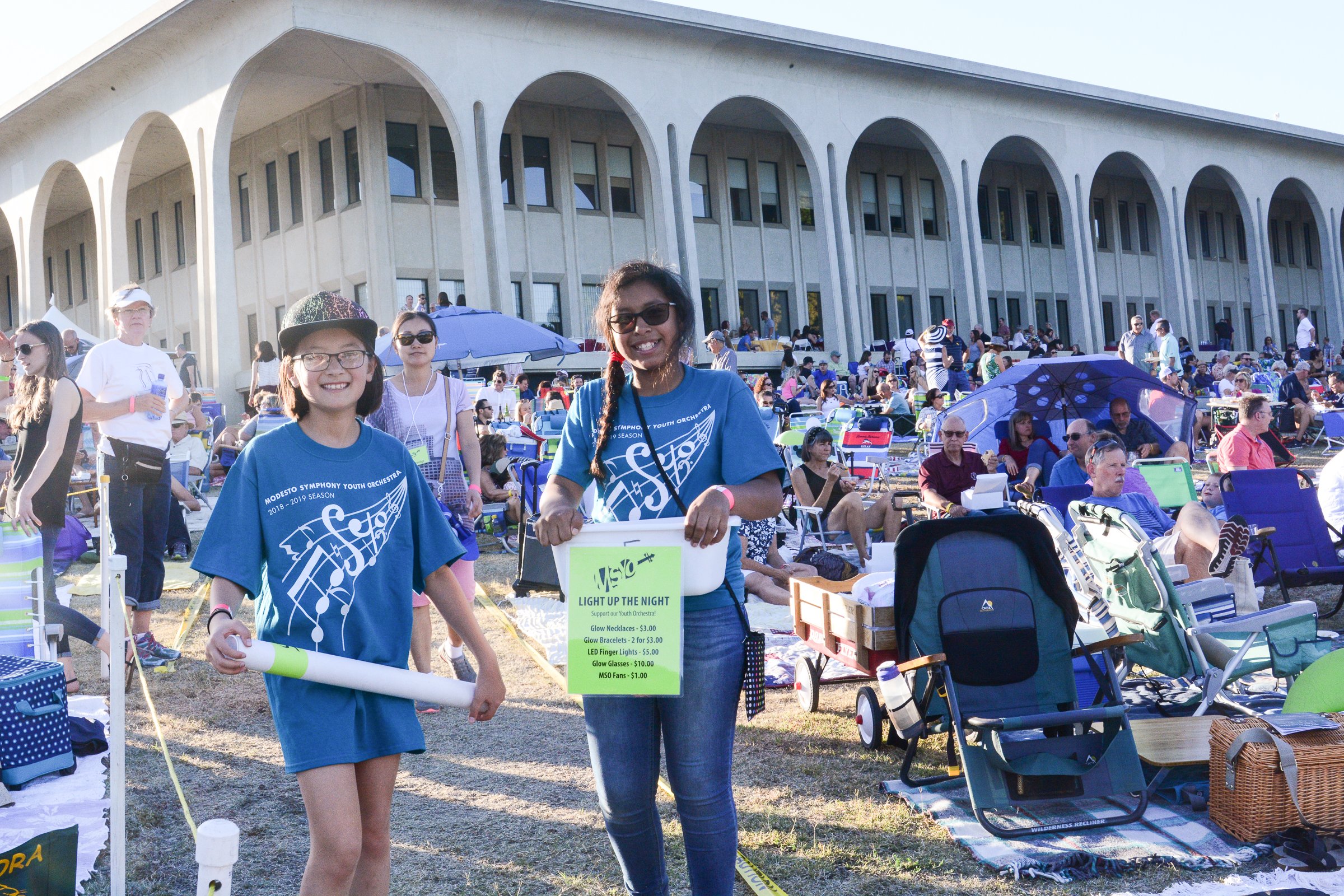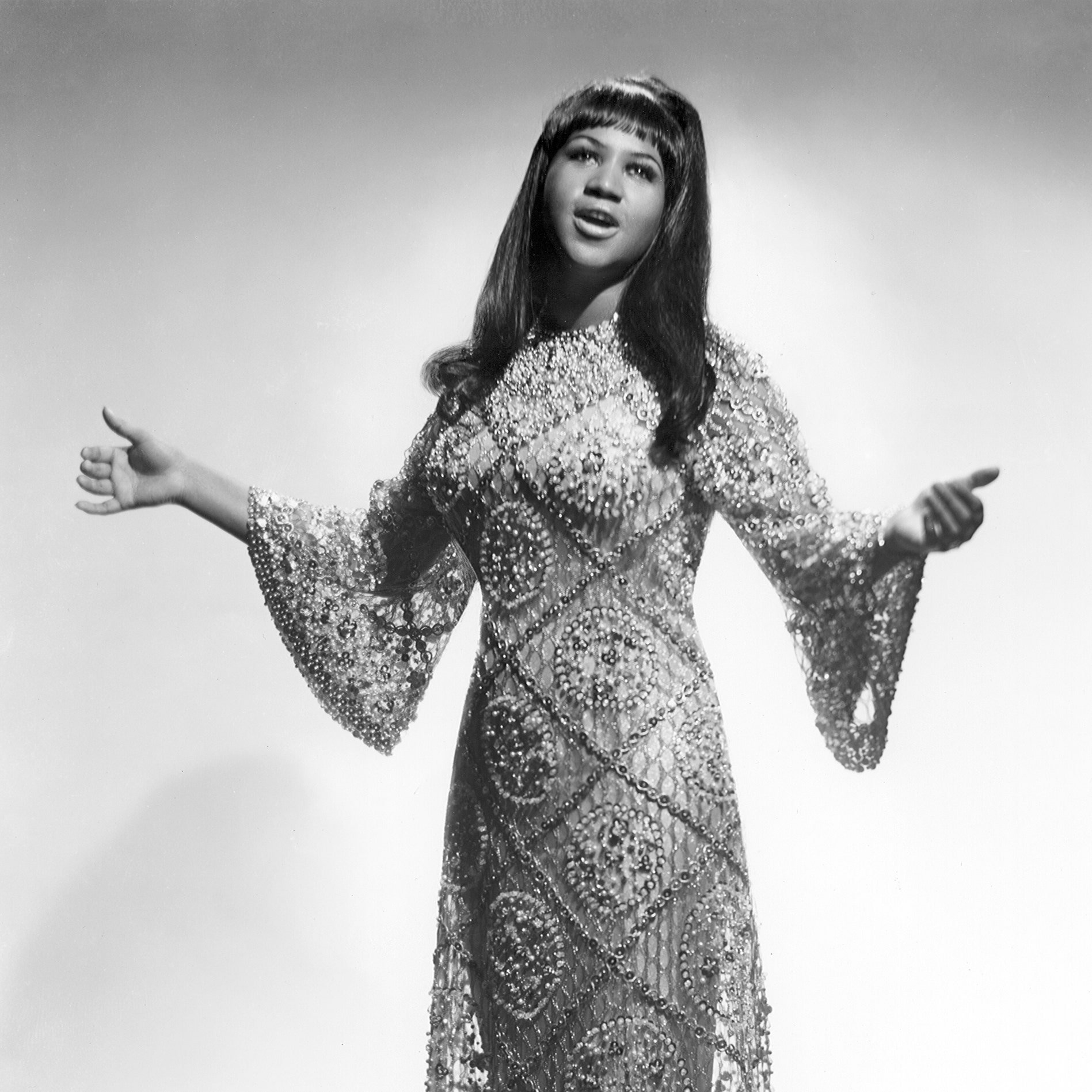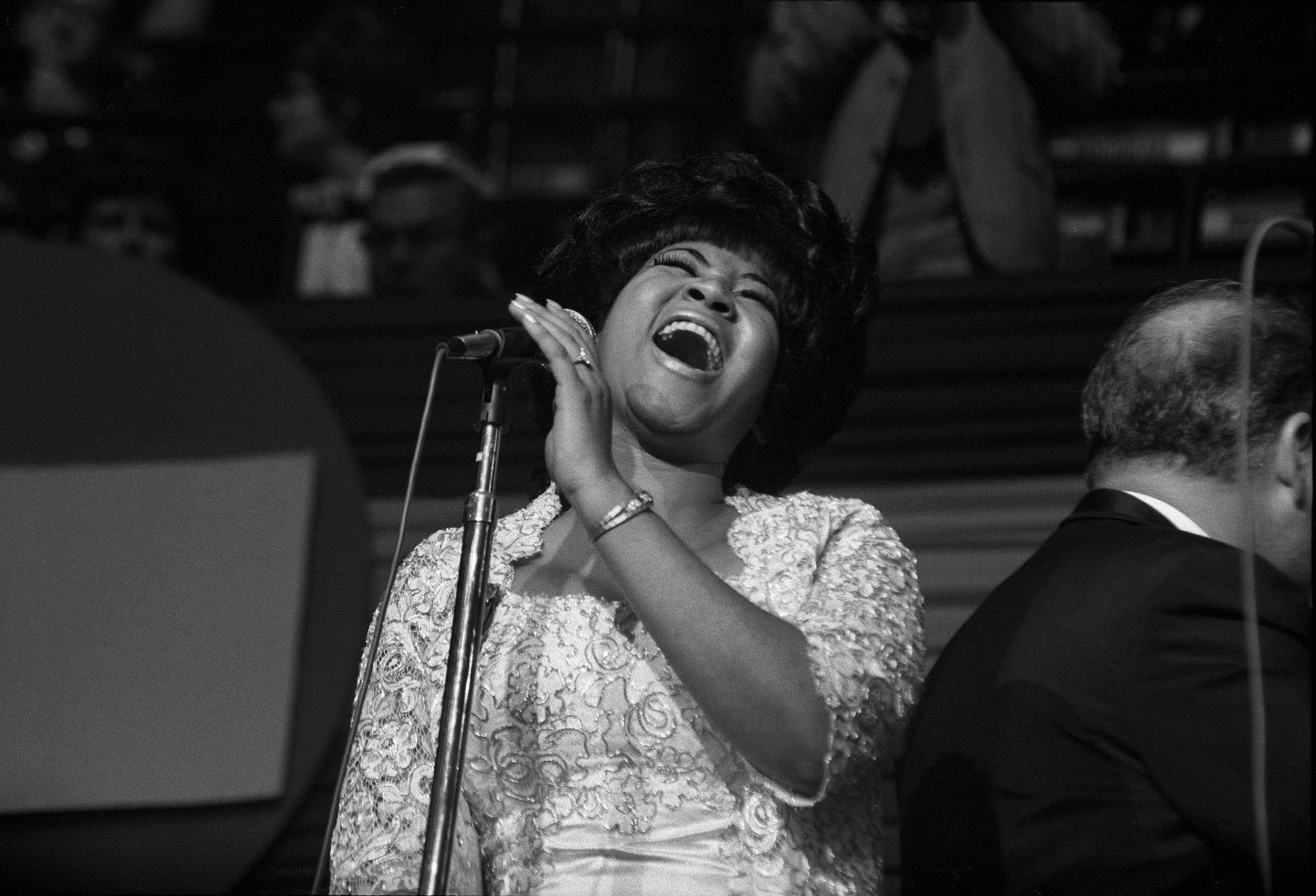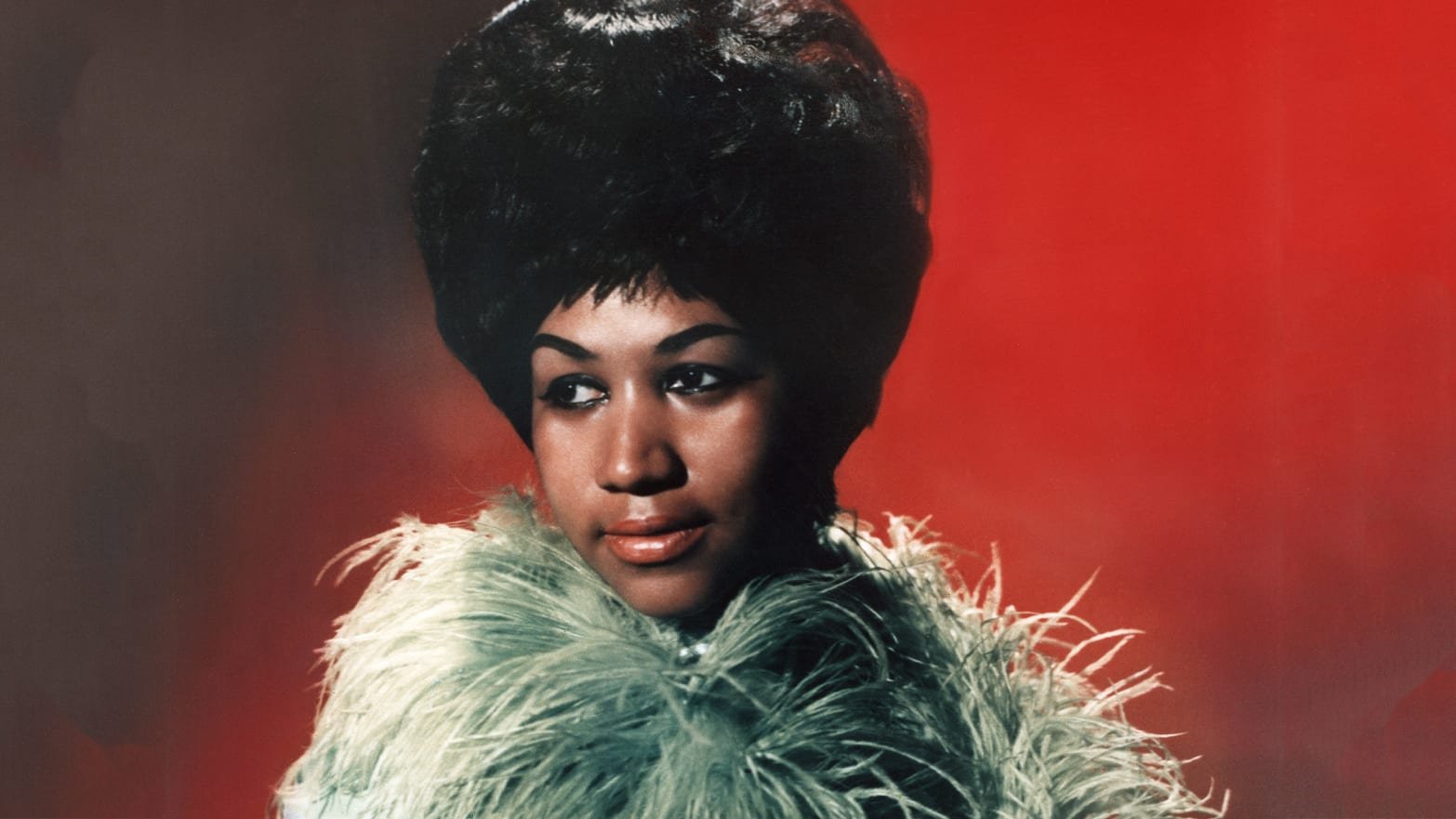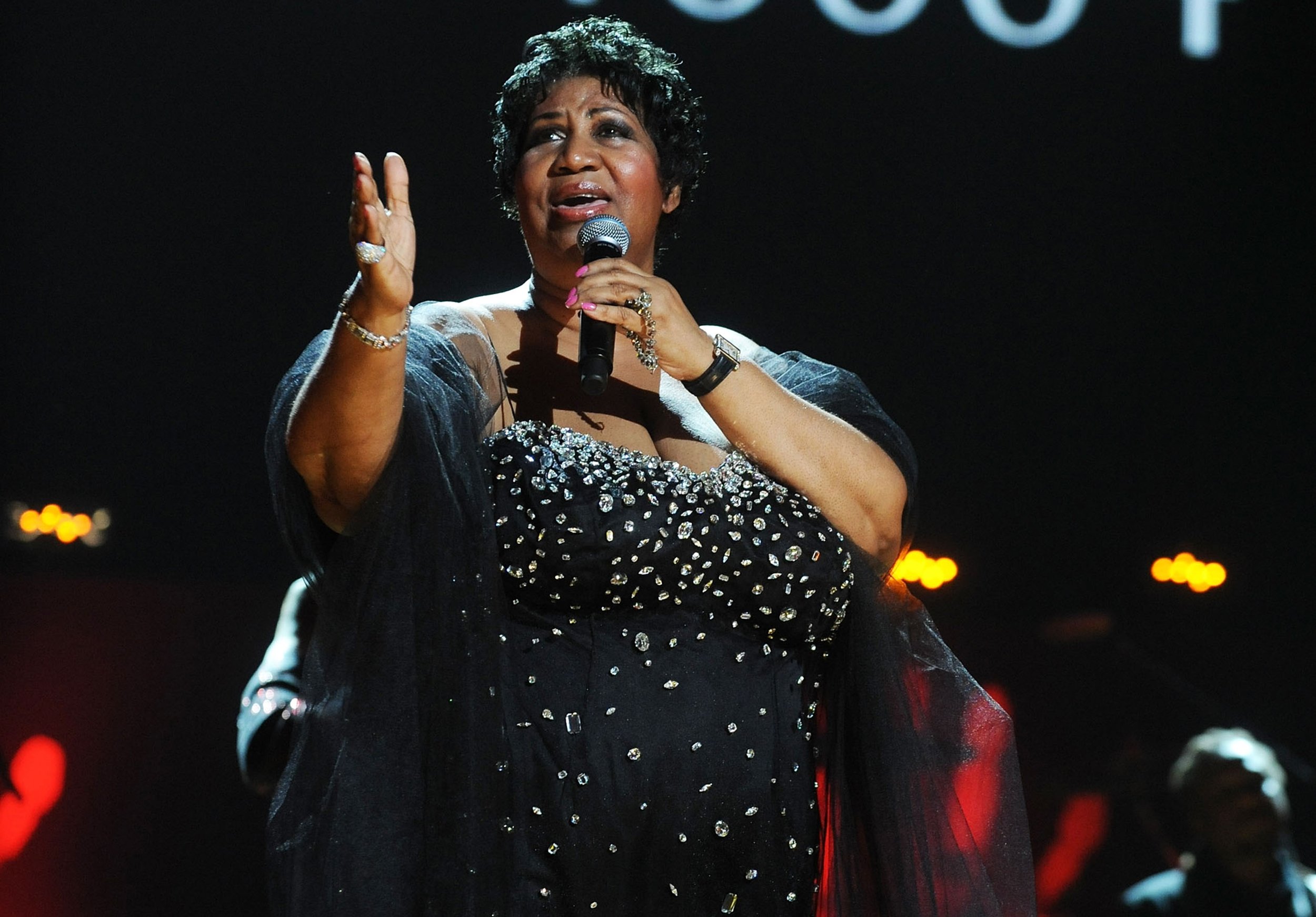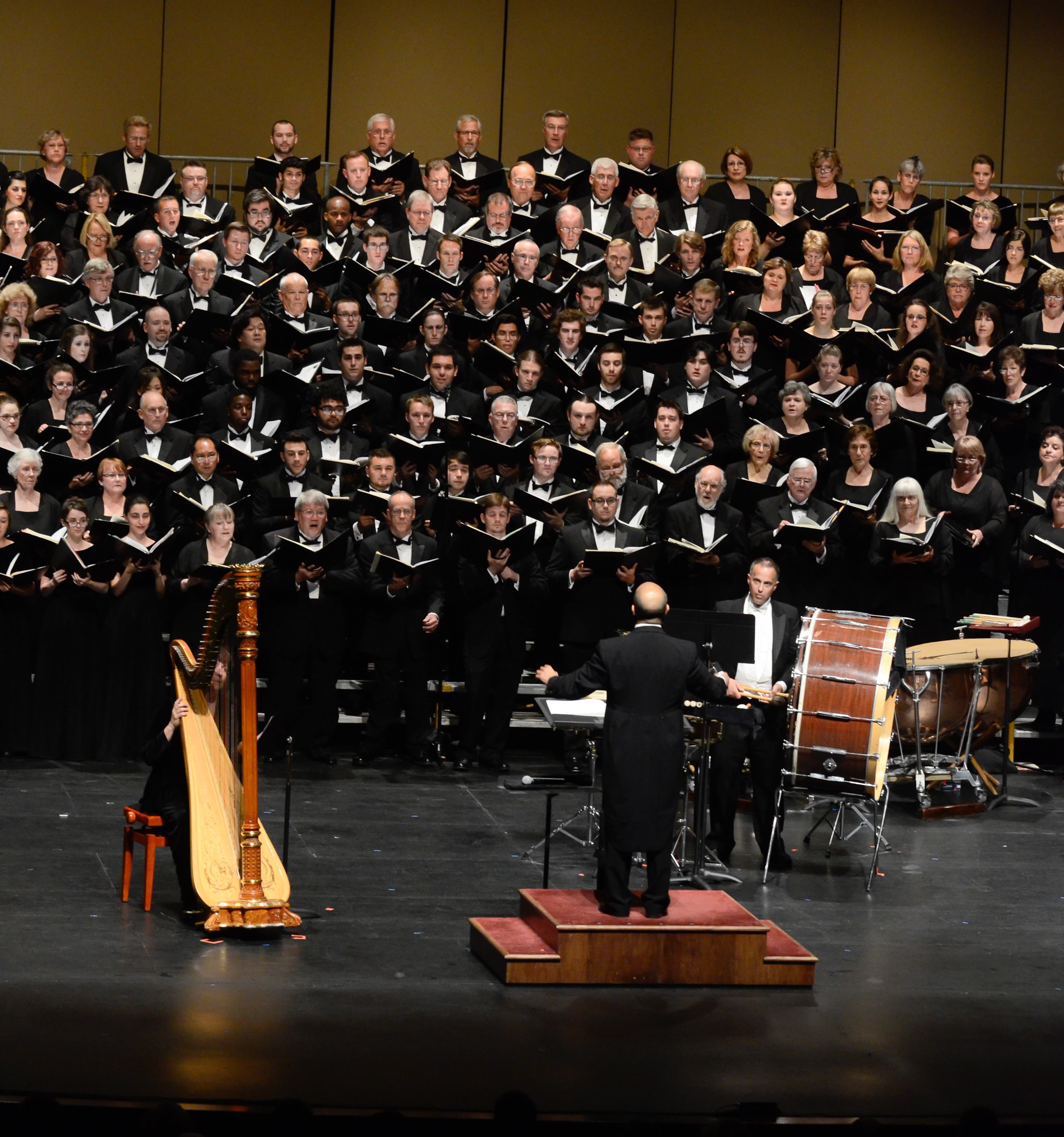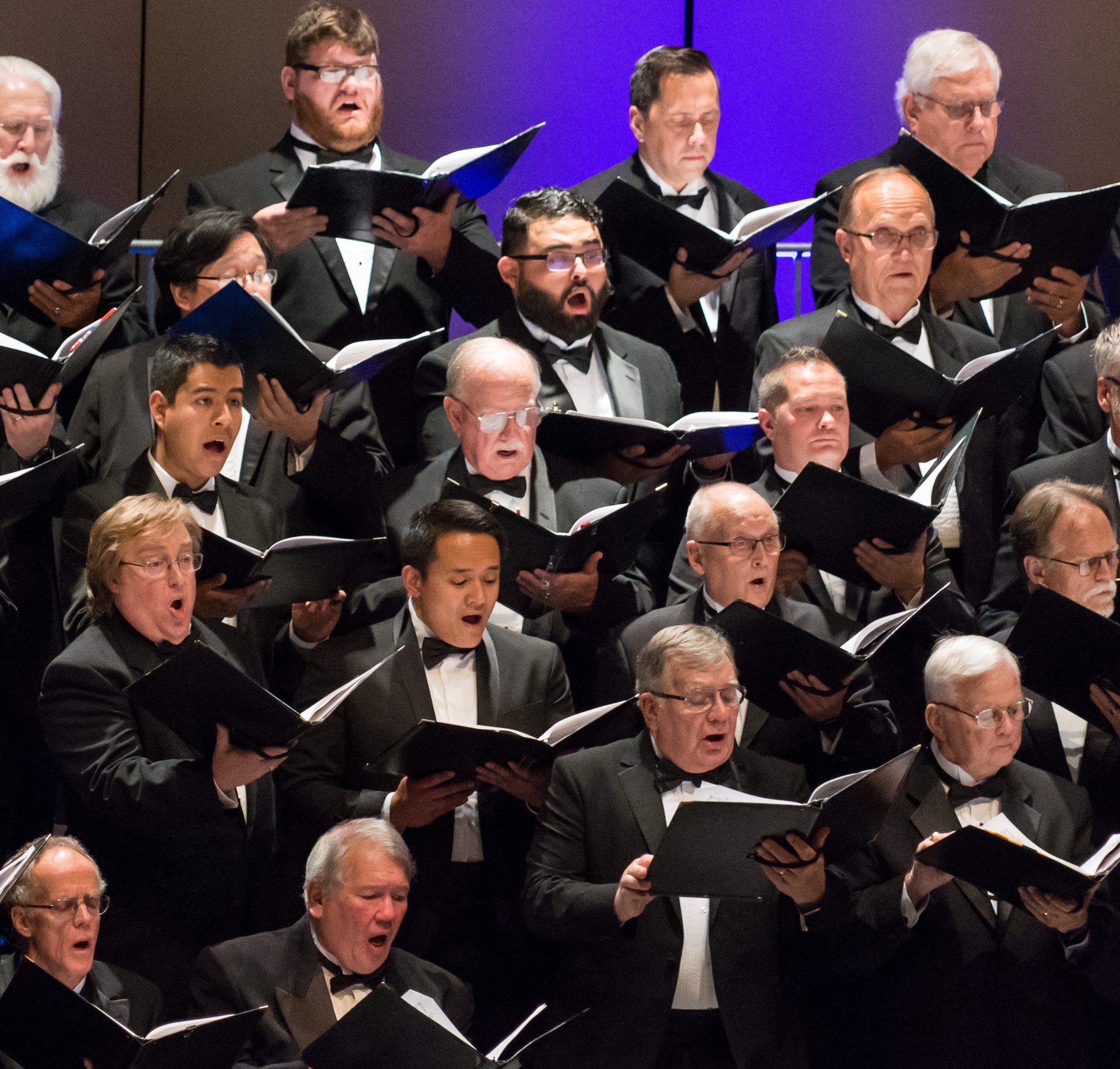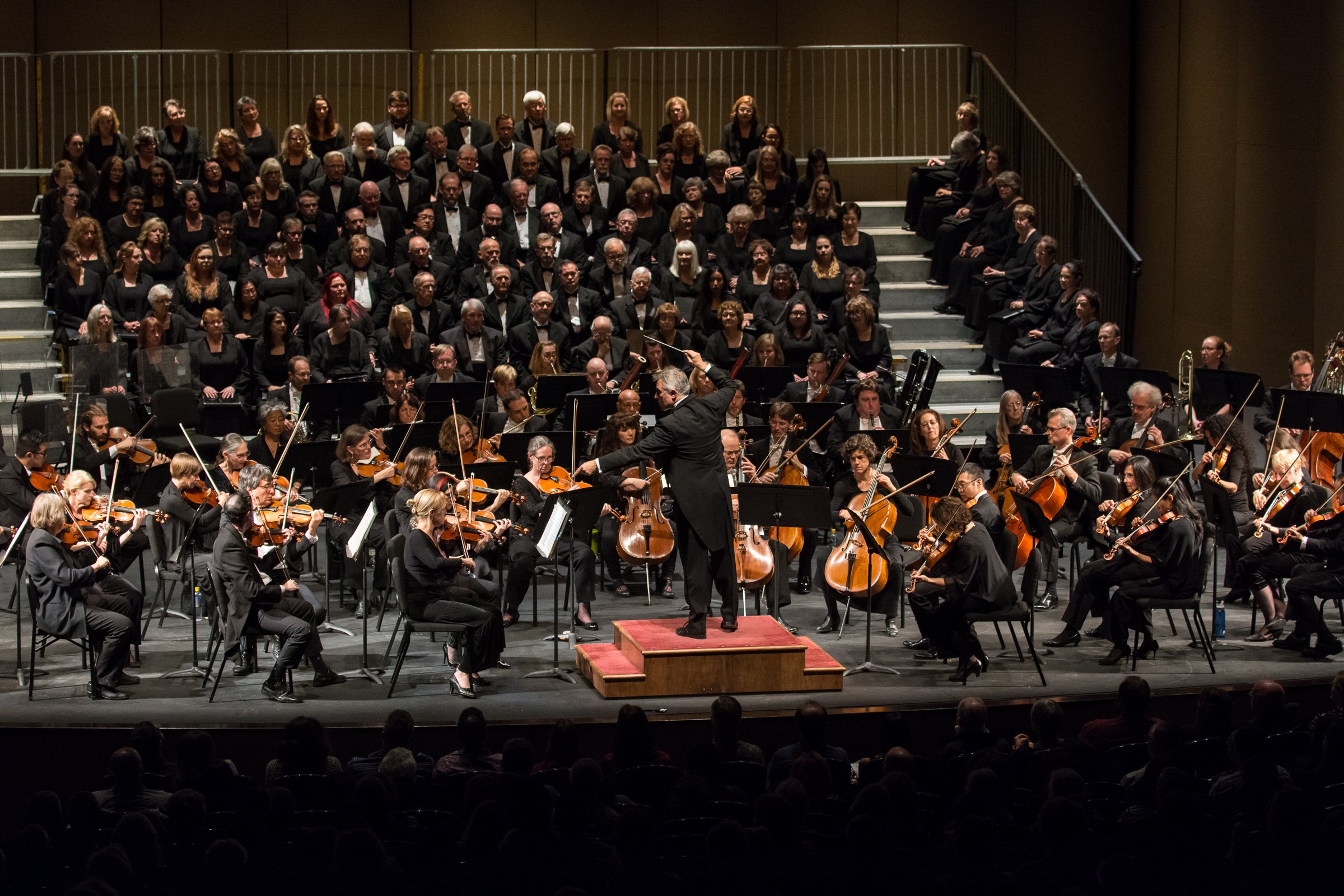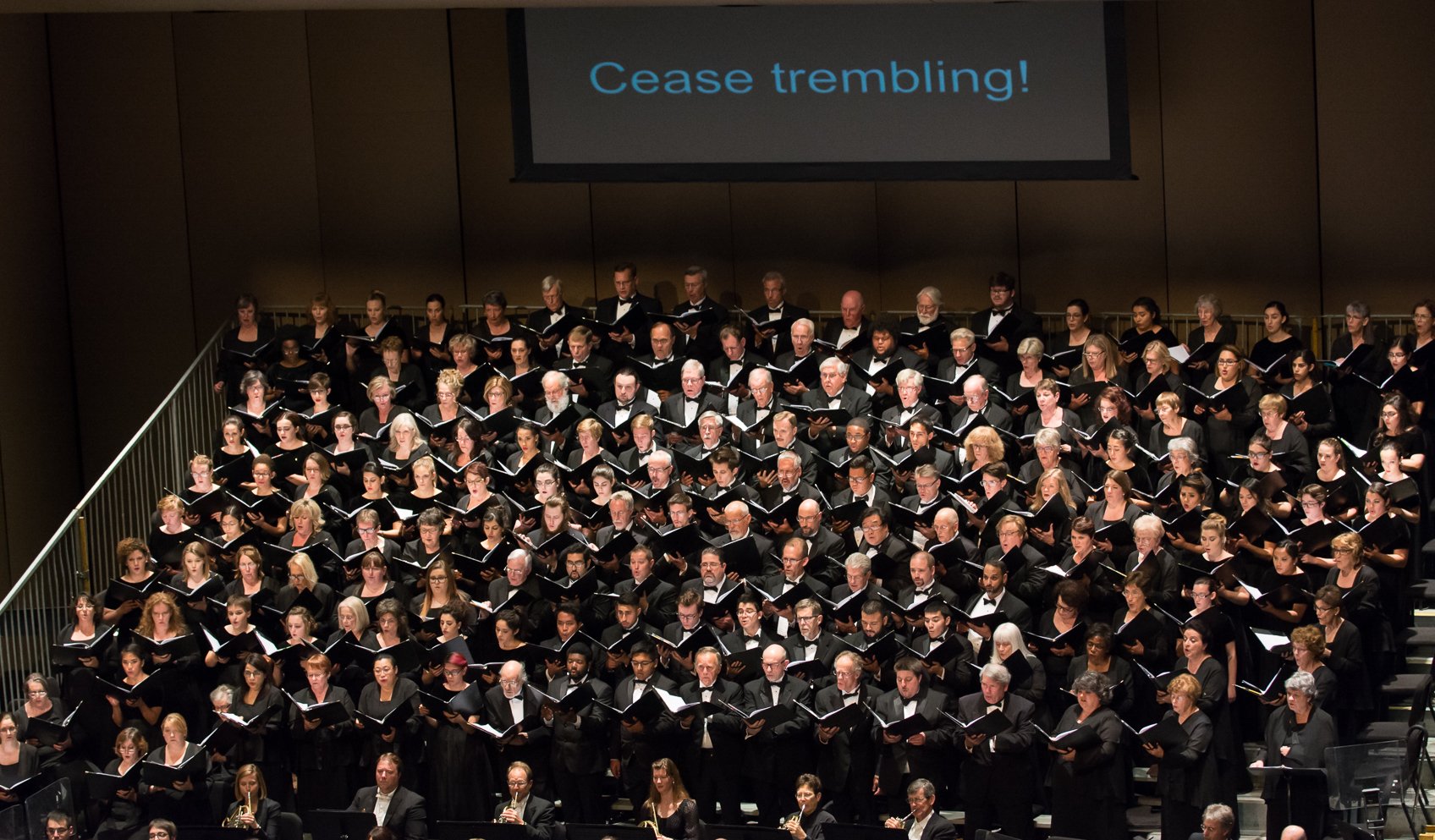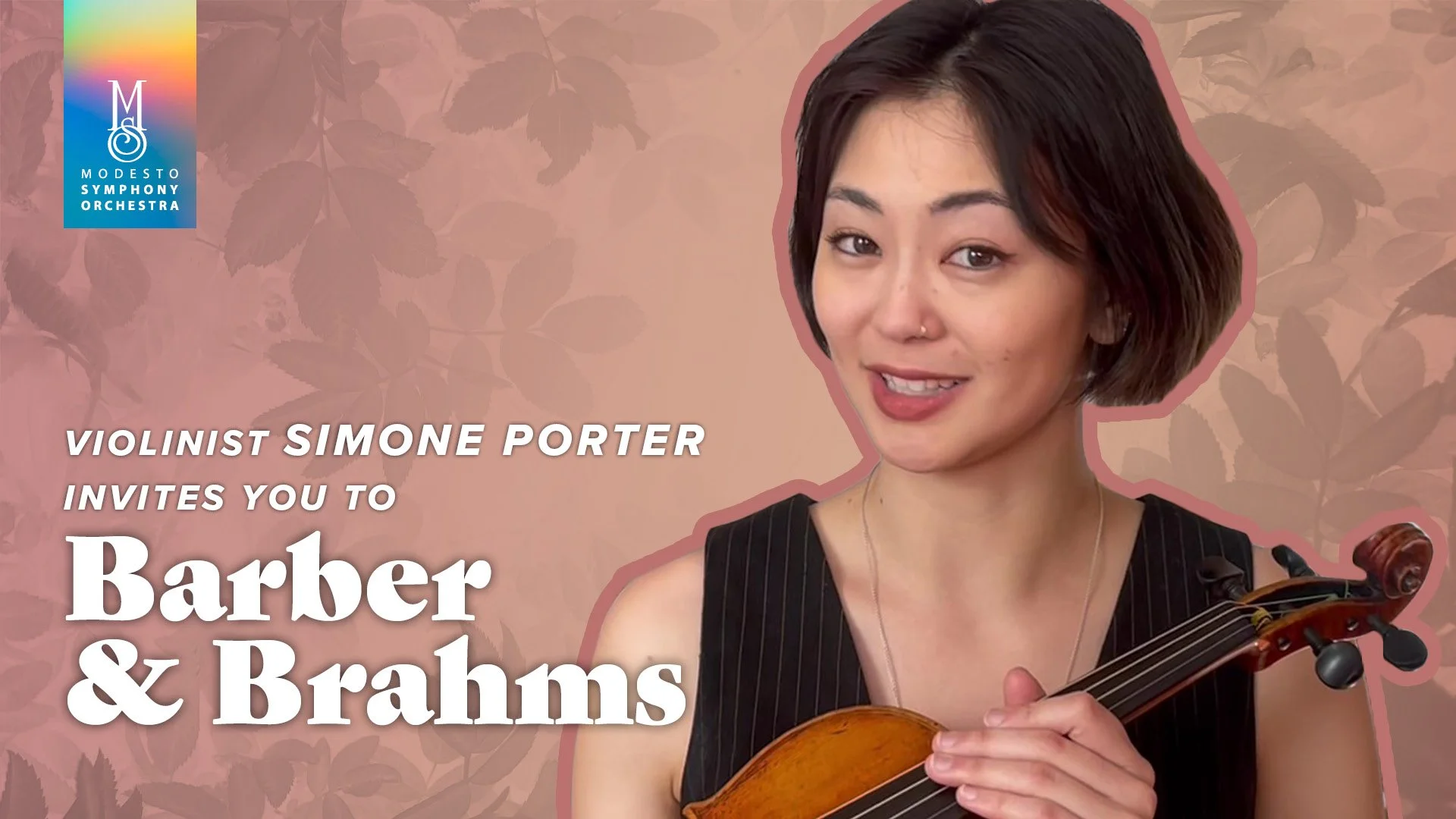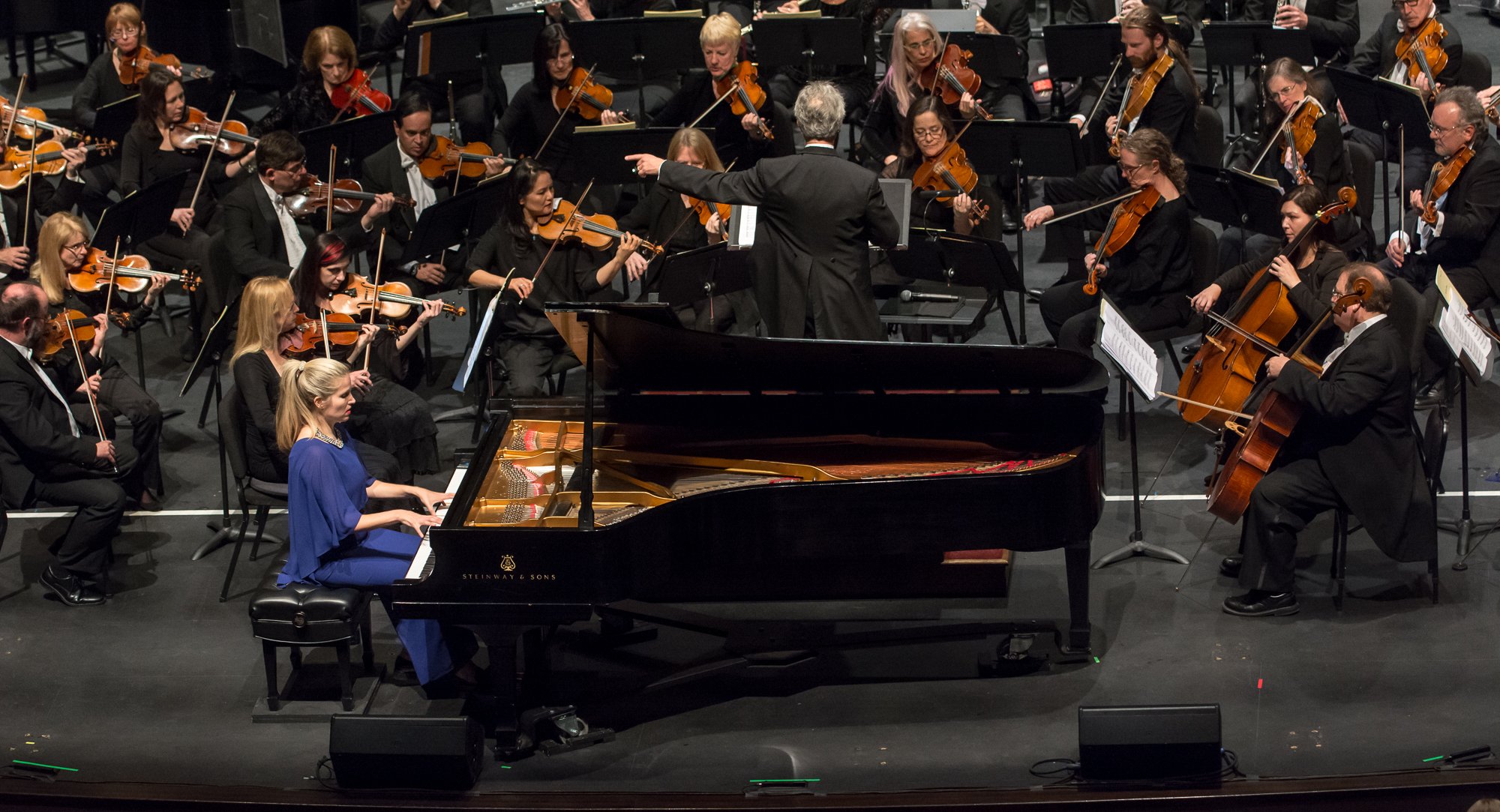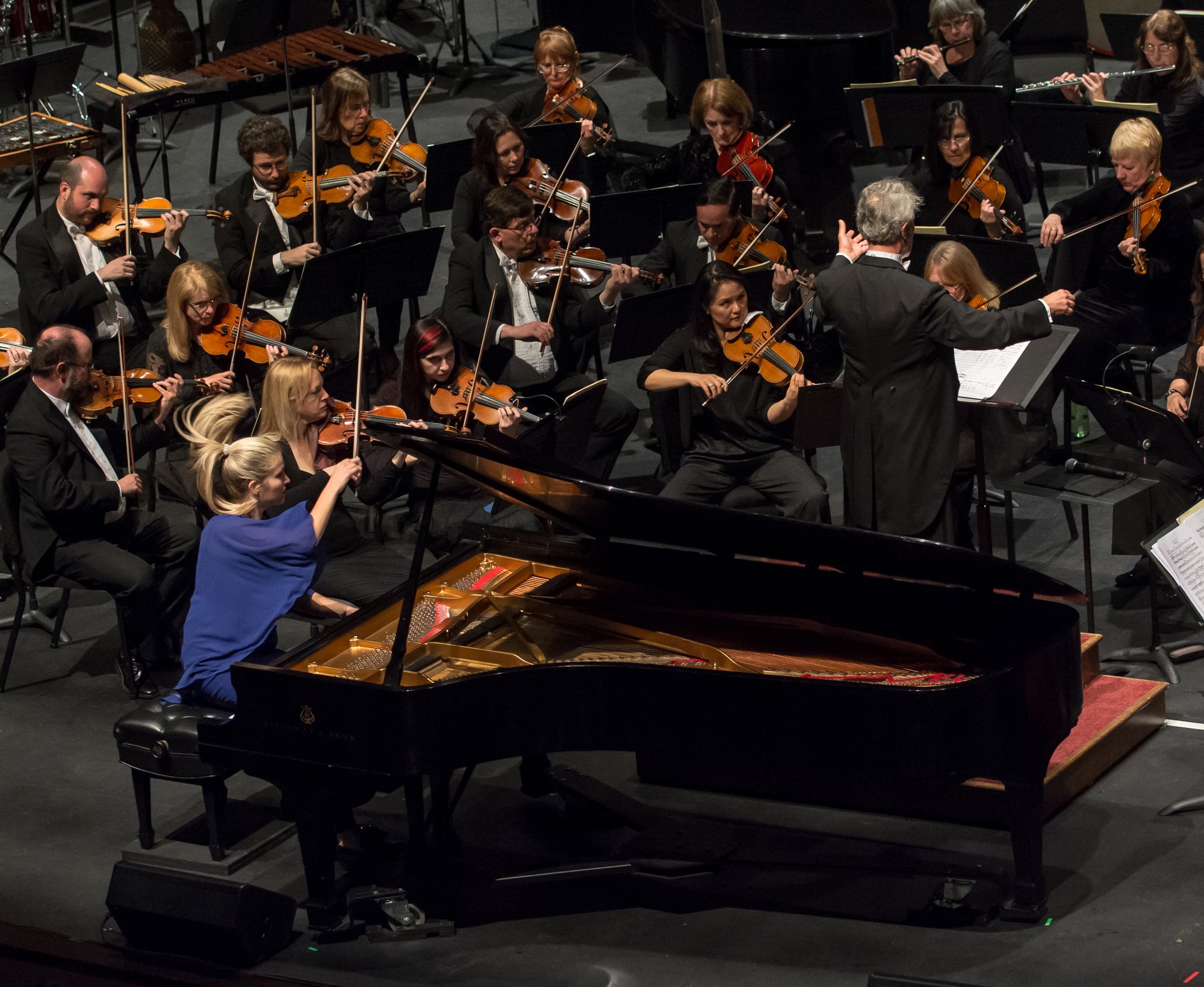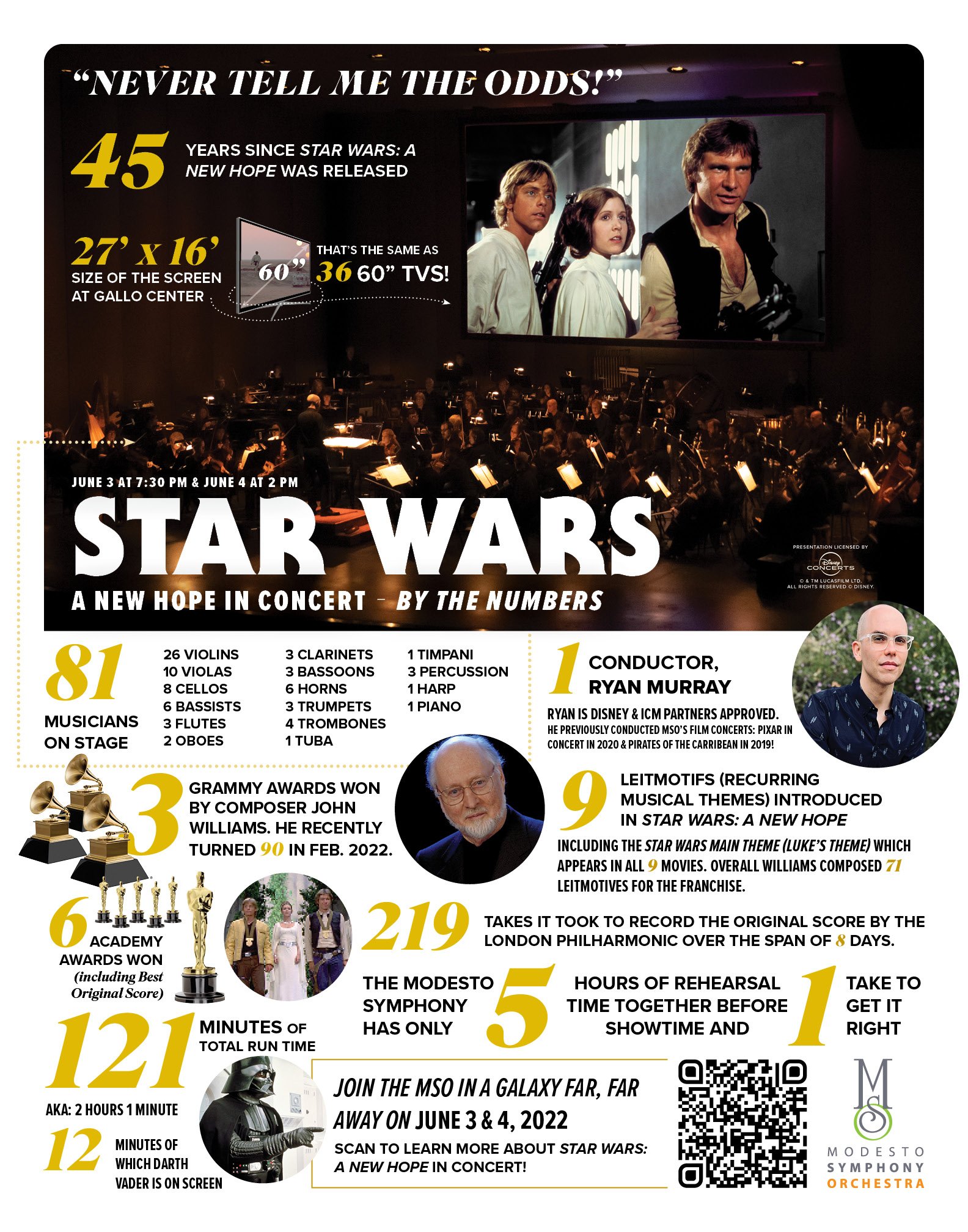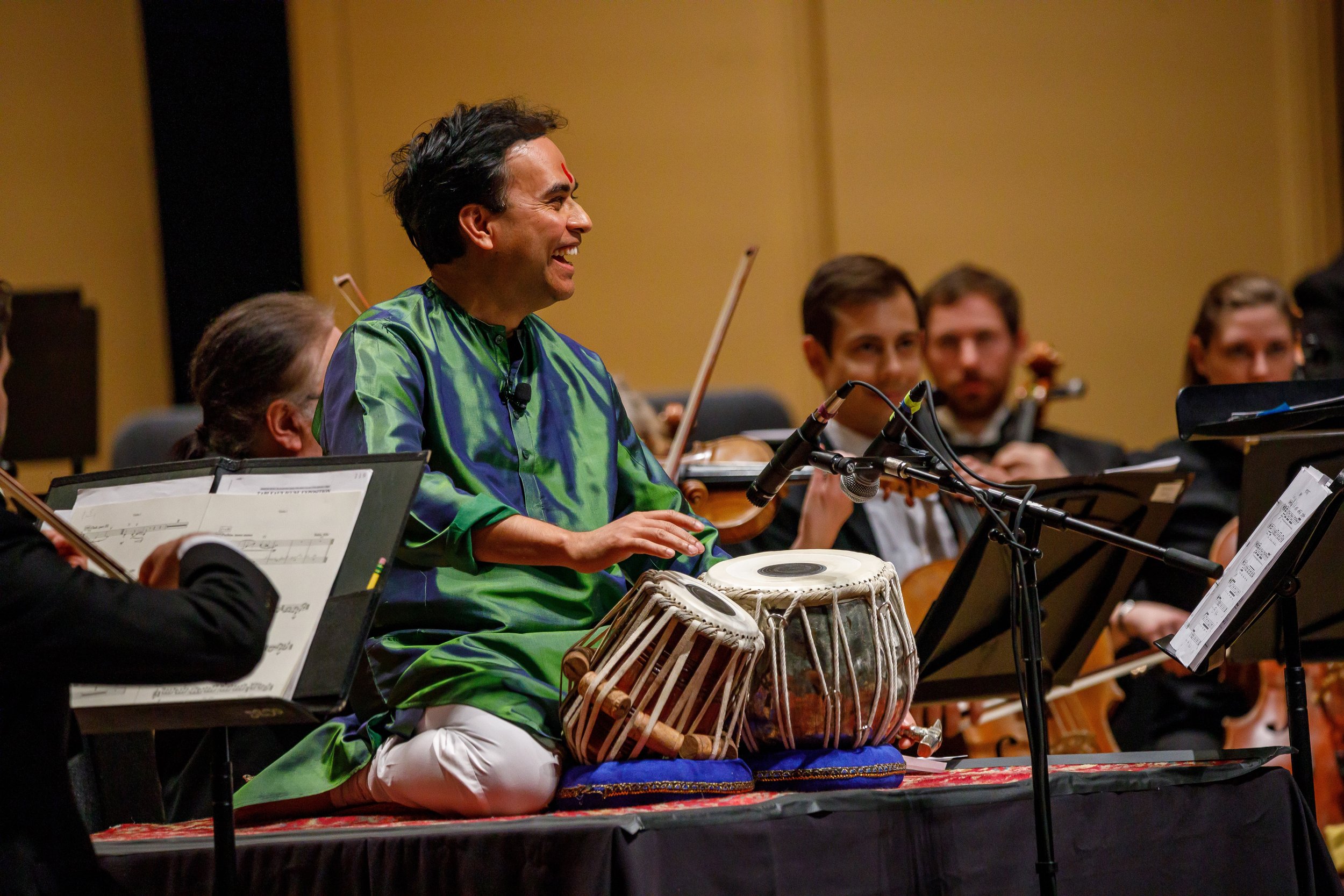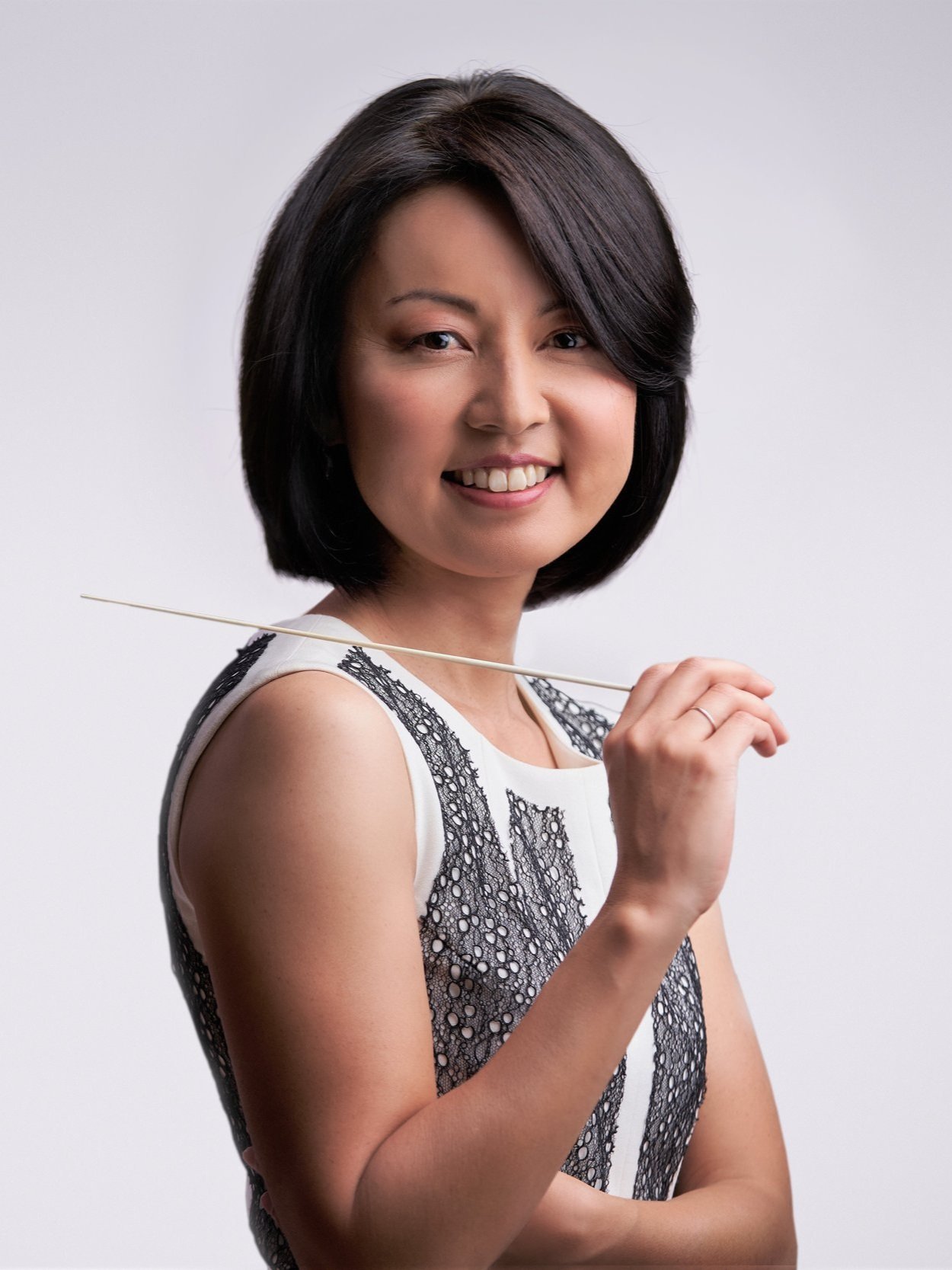Beethoven’s 9: A Symphony of Influence
Beethoven’s Symphony No. 9 is not only one of the Beethoven’s greatest compositions, but possibly one of the greatest classical music compositions of all time. A piece full of bombastic sounds and joyous energy, it was completely revolutionary for the time. It’s also the first example of a major composer scoring vocal parts in a symphony.
The story goes that, at the premiere of the symphony, either during the second movement or near the end of the finale, the audience erupted into applause. Beethoven, who was still conducting, was turned around by one of the vocalists to accept the cheers from the audience members. The audience took part in a standing ovation, throwing hats and waving hands, so Beethoven (who was profoundly deaf at this point in his life) could understand the celebration of the audience.
Beethoven’s Symphony No. 9 not only impacted the classical music sphere, but pop culture entirely. His symphony has been referenced time and time again, across many forms of media. We’ve complied a list below; see if you can recognize your favorite films or tv shows!
European Anthem - In 1972, the Council of Europe adopted Beethoven’s “Ode to Joy” theme as it’s anthem, and became official in 1985. There are no lyrics to the anthem, as the universal language of music expresses the ideals of freedom, peace, and solidarity.
Die Hard (1988) - “Ode to Joy” has a surprising feature in the hit 80’s action film (and Christmas movie!) , during the scene in which the building’s vault is broken into. It seems a strange choice for the genre of film, but director John McTiernan wanted to include it as a reference to the following Kubrick film:
A Clockwork Orange (1971) - Symphony No. 9 is featured in bits and fragments throughout the film, a favorite symphony of the anti-hero protagonist, that is turned against him in the end.
NBA ‘I Love this Game’ Campaign (1990s) - ‘Ode to Joy’ was featured in NBA’s commercial campaign, serving as a soundtrack to describe all the emotional highs and lows on the court.
Muppet’s “Ode to Joy” cover - Another fantastic example in the Muppet’s cover repertoire, featuring Beaker on every part.
The Compact Disc- It was rumored that the CD was specifically designed to accommodate 74 minutes of music so it could accommodate Beethoven’s symphony.
These are just a few of the many examples of Beethoven’s impact. Whether you’re a long time music fan, or just starting to listen, we hope that this list illustrates just how important music can be to all different aspects of culture.
Sources:https://en.wikipedia.org/wiki/Symphony_No._9_(Beethoven)#Influencehttps://www.kdfc.com/articles/the-many-lives-of-beethovens-ninth-symphony
